Understanding How Does a Landfill Geonet Work to Improve Drainage
Discover how Geofantex landfill geonets improve drainage, leachate control, and long-term landfill protection systems.
Tel: +86-411-39569550 | E-mail: info@geofantex.com/geofantex@gmail.com
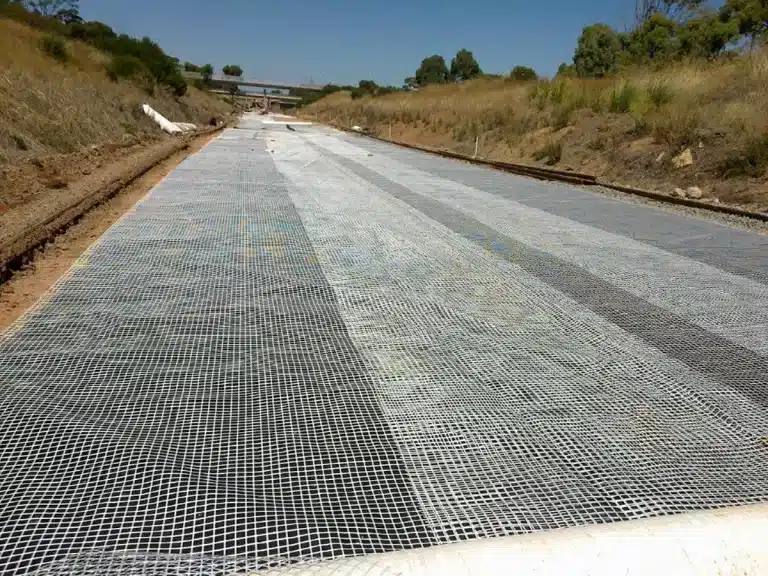
Discover how Geofantex landfill geonets improve drainage, leachate control, and long-term landfill protection systems.

Choose Geofantex geonet products for superior drainage and soil stability. Get expert support and best pricing today.

Enhance soil strength and prevent erosion with geogrid ground grid from Geofantex, a durable geosynthetic solution for heavy-load areas.

Enhance your driveway’s strength and reduce rutting with geogrid for driveways from Geofantex, offering durable.
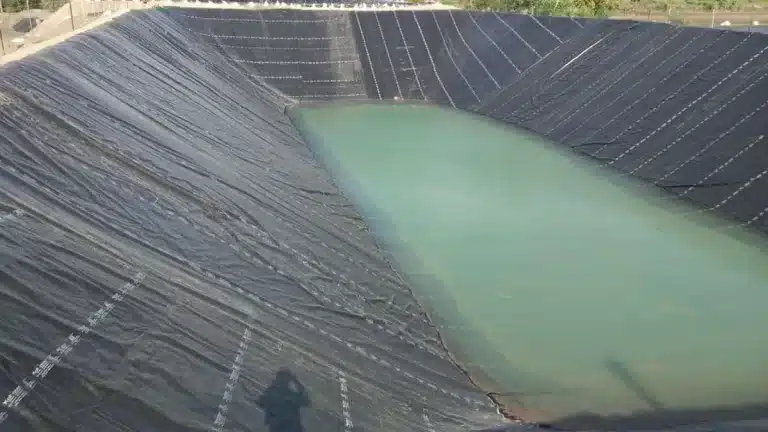
Find the best geomembrane hot sale with durable HDPE solutions for ponds, mining, and sustainable geosynthetics projects.
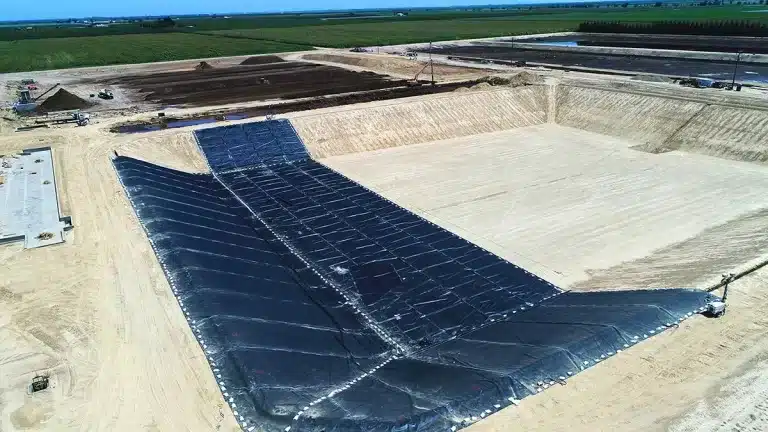
Choose the best geomembranes manufacturer for high-quality HDPE products and sustainable geosynthetics solutions.

Descubre cómo un geogrid gravel driveway mejora la durabilidad, estabilidad y rendimiento en proyectos reales de geosintéticos.
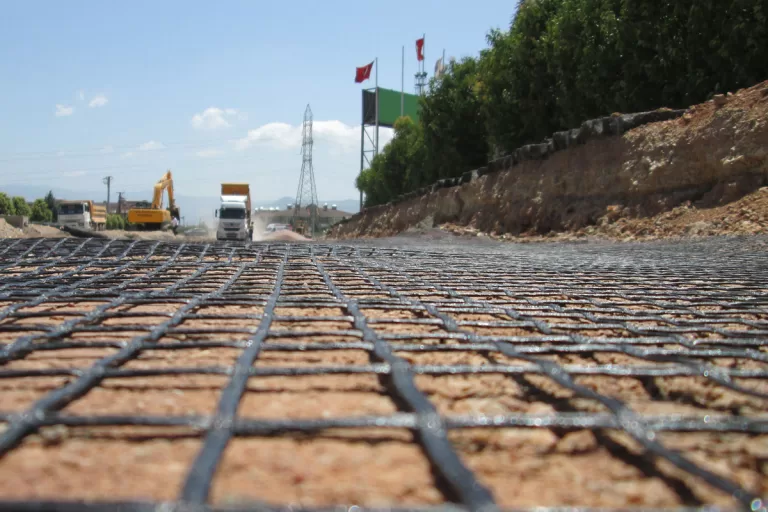
Descubre cómo el geogrid gravel mejora la estabilidad de suelos y plataformas en proyectos reales de ingeniería geosintética.
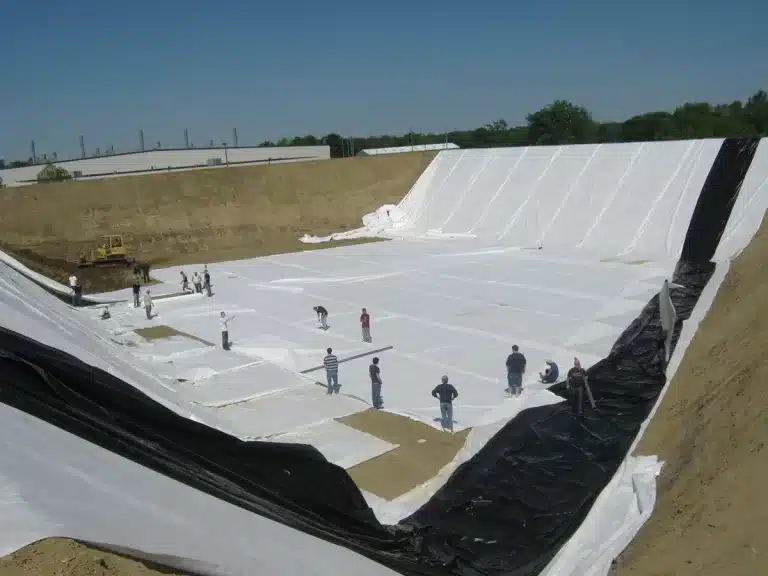
Use Geofantex geosynthetic clay for durable, efficient containment in landfills, mining, and water projects.
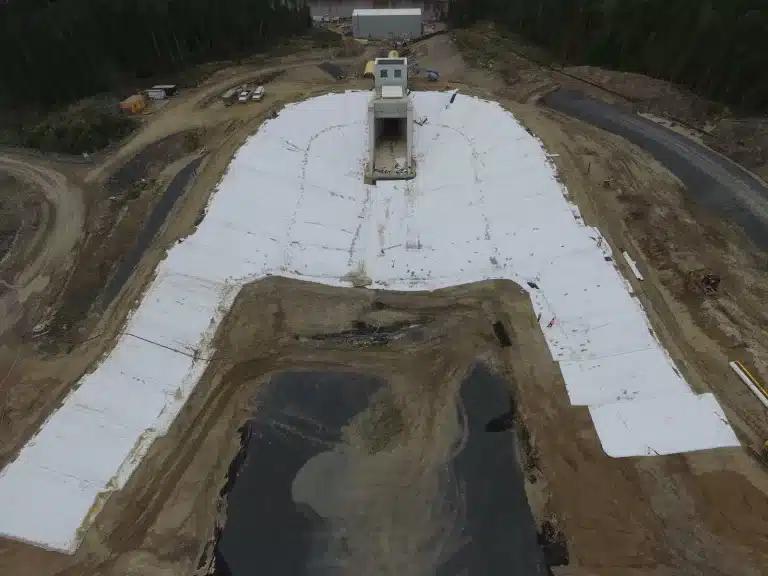
Use Geofantex GCL liner for reliable containment in landfills, mining, and water projects. Durable and efficient.
End of content
End of content
WhatsApp us